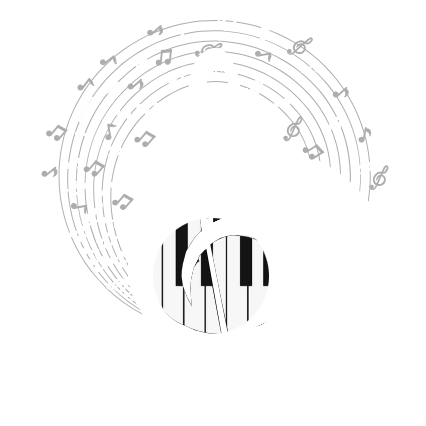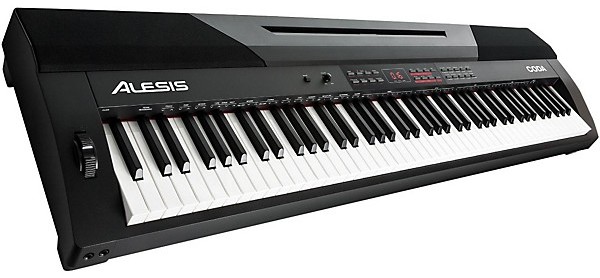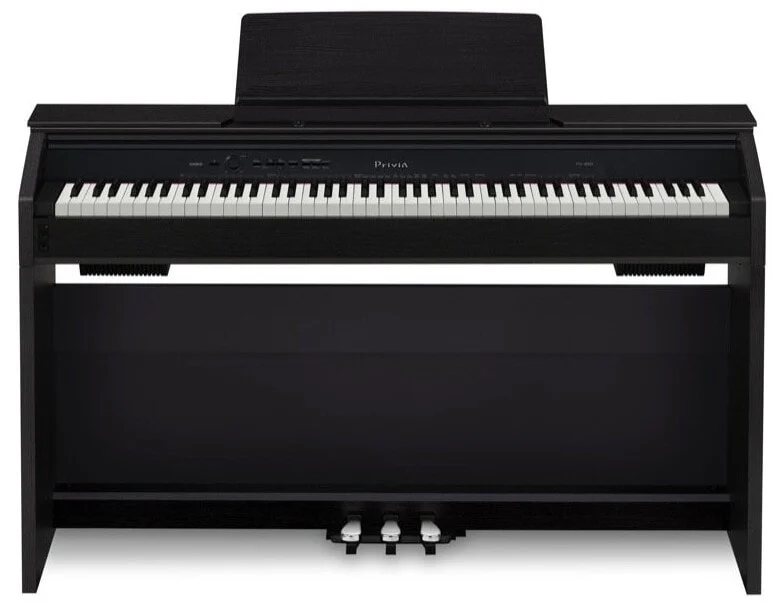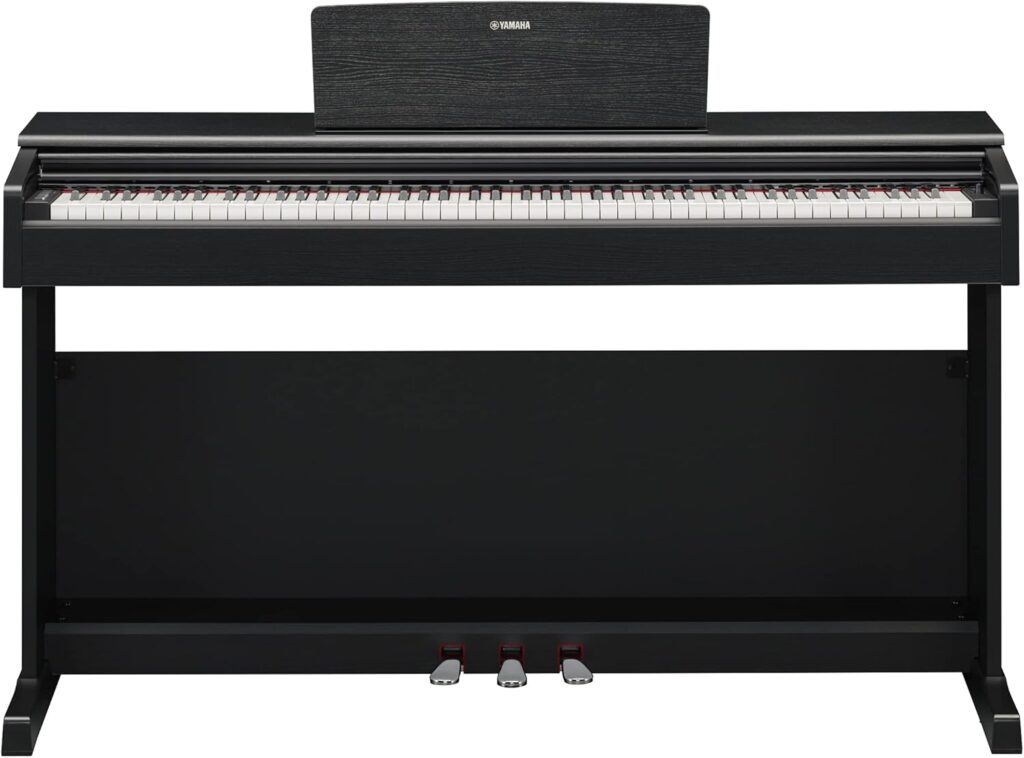Know Your Acoustic Piano Types First
Upright vs Grand: What’s the Real Difference?
Upright pianos have vertical strings and a compact design—perfect for small rooms and budgets. Grand pianos have horizontal strings and a broader, more expressive sound, ideal for serious musicians and performance spaces.
Subcategories to Be Aware Of
- Console Upright: Great for homes; clean sound and stylish cabinetry
- Studio Upright: Taller, louder, and closer to grand sound
- Baby Grand: Around 5 feet long; compact but elegant
- Concert Grand: 9 feet or more; full power and dynamic range
Understand How Sound and Action Work
Why Size Affects Sound
Bigger pianos have longer strings and larger soundboards. This equals more resonance, richer tone, and stronger bass response.
How the Action Impacts Playability
Grand pianos have horizontal action, meaning faster key repetition and smoother dynamics. Uprights use a vertical spring-loaded action—still great, just not as refined.
Consider the Room and Space
Measure Before You Buy
Grands require significantly more floor space. Uprights can be tucked against a wall. Make sure your chosen piano fits without cramping your lifestyle.
Don’t Forget Acoustics
Hard floors and large windows reflect sound; rugs, curtains, and soft furniture absorb it. You may need to treat the room for optimal tone.
Set Your Budget and Know the Price Ranges
What You Can Expect to Spend
- Entry-Level Uprights: $3,000–$7,000
- Mid-Range Grands: $8,000–$20,000
- Premium Concert Grands: $30,000+
New vs Used
Used pianos can save you thousands—but they must be thoroughly inspected for internal wear, tuning stability, and soundboard cracks.
Test Before You Commit
Play It Yourself, Don’t Just Read Specs
Your fingers know best. Play softly, loudly, quickly, slowly. Notice how it responds. Feel the weight of the keys and the resonance of the tone.
Listen Closely to the Tone
Does the piano sound warm or bright? Clear or muddy? The tonal character should suit your musical preferences and home acoustics.
Think Long-Term: Maintenance and Upkeep
Tuning Is Essential
Acoustic pianos require tuning at least once or twice a year—more if you play often or live in a fluctuating climate.
Humidity Control
Pianos hate dry air and sudden humidity changes. Use a humidifier or install a piano-specific humidity control system to protect it.
Brand Matters—But Not Everything
Reputable Piano Brands
Yamaha, Kawai, Steinway, Boston, Baldwin, and Schimmel are known for craftsmanship and longevity.
What About Lesser-Known Brands?
Some lesser-known or discontinued brands offer good value—just make sure to check age, build quality, and tone.
Factor in Delivery, Setup, and Accessories
Professional Movers Only
Acoustic pianos are heavy and fragile. Hire trained movers—especially for grands, which often need to be partially disassembled.
Essential Accessories
- Adjustable bench
- Metronome
- Piano lamp
- Maintenance kit
- Dust cover
Digital Hybrid Pianos: A Worthy Alternative?
If You Need Versatility and Silence
Digital hybrids combine acoustic feel with modern tech—like silent practice, MIDI, and automatic tuning. A solid pick for families or apartment dwellers.
Conclusion: A Piano for Life Starts with the Right Choice
Buying an acoustic piano is a meaningful decision—financially, musically, and emotionally. The right one will bring joy for decades. Focus on tone, feel, and fit, not just brand or price. Take your time, ask questions, and trust your instincts. A piano isn’t just furniture—it’s a partner in your musical journey.
FAQs
- How often should an acoustic piano be tuned?
Ideally, twice a year. Seasonal changes can affect string tension and tuning stability. - Is a used acoustic piano a good idea?
Yes—if it’s been well-maintained. Always have it inspected by a technician before buying. - What size piano is best for a small home?
A console or studio upright offers good sound without taking up much space. - Are grand pianos worth the price?
If you have the space and budget, yes. The tone, responsiveness, and prestige are unmatched. - Do acoustic pianos need electricity?
Nope! They’re 100% analog—no power needed, just tuning and care.



